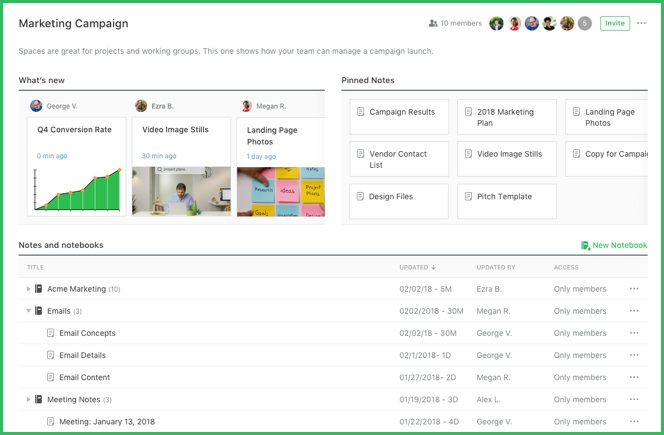

Select a clip type, full-length or sections of web pages, such as news stories or research articles. Click the elephant button in your browser toolbar to launch Web Clipper. How often do you say to yourself “I will read this later” when you browse websites? Now it’s easy: Launch Web Clipper to start clipping. Later, I can find them easily by searching for the Tags. If the receipts are related to products I bought that have a warranty, I add another Tag for “Warranty” and the name of vendor. I can scan paper receipts to Evernote, so when I receive a receipt in my email inbox, I forward it to my Evernote and then Tag it as “Receipts” and “Tax Deductible”. This is important, especially the receipts for the expenses that are tax deductible. I can attach notes and use multiple Tags for each note so that later I can search for it easily when I need it, even from another computer. I took pictures of homes, materials and web pages and uploaded them to my Evernote account. We started building our new house in spring 2012, and there were just so many decisions and checklists to be made every day to meet deadlines. I would like to share with you a few of the ways I use it to increase my productivity and reduce paper clutter.
#EVERNOTE IMAGE TOOLS PDF#
Initially I used the free basic version, but then I upgraded to the premium level ($69.99 per year now) and I find it is well worth it as I can do so much more by adding Word documents, PDF documents, and Excel files as well. I have been using Evernote since 2011 to capture ideas, notes, important documents, images, and track projects and my goals. If you have any questions, don’t hesitate to get in touch with Evernote Developer Support.Evernote is a cloud-based, information organization app. This data will change if a Resource is changed (obviously), so make sure that you’ve got the latest version when putting it to your favorite creative use. This example will produce the same output as the last snippet: Conclusion This data can also be retrieved quickly using NoteStore.getResourceRecognition if you know the GUID of the Resource in question. If the note used in this example had contained more than one resource, the output would have been one recoIndex element per indexed resource. Here’s an example using getNote:Īs you can see, the API will return the raw XML of the recoIndex element the corresponds to the single image in the example note linked above. Recogntion data can be retrieved from the Evernote Cloud API in two different ways: using NoteStore.getNote or NoteStore.getResourceRecognition. Accessing recognition data programmatically Put simply, the weight attribute is a numeric representation of the Evernote image processor’s confidence in that particular interpretation of the image.

The t elements are listed in descending order according to the weight attribute. Each of these elements contains the text as evaluated by the image processing server as well as the weight attributed to the text.

The item element will, in turn, contain one or more t elements. These four values create a rectangle containing the text. y - The y coordinate of the upper-left corner of the item.x - The x coordinate of the upper-left corner of the item.The item element contains four attributes: item elementsĮach item child element of recoIndex represents what Evernote’s image processing servers believe to be a discrete piece of text within the resource. The child item elements will contain the results of the image processing. The recoIndex element includes several attributes feel free to peruse the recoIndex.dtd document linked above if you’re curious about the specifics. enex we can view the recoIndex element at the end of the document: These elements are validated against Evernote’s recoIndex DTD and describes the size and location of one or more possible occurrences of text within the Resource.įor example, when we export this note as. Understanding recoIndexĪfter processing is complete, the note’s XML will contain one or more recoIndex elements at the end of the note. The augmented note is then delivered to the user the next time their device is synced. The server examines the image for hand- and type-written text and inserts the resulting data into the body of the note (in the form of recoIndex elements).

How it worksįrom a user’s perspective, the process is quite seamless: after they synchronize a note with an image Resource attached, the image is sent to a small farm of image processing servers. In this article, we’re going to describe how this process works and how third-party partners can access the recognition information generated by Evernote’s image processing. Image Recognition Understanding Evernote's recognition process and accessing recognition dataĮvernote’s ability to index words and characters within images is one of its most oft-touted features.


 0 kommentar(er)
0 kommentar(er)
